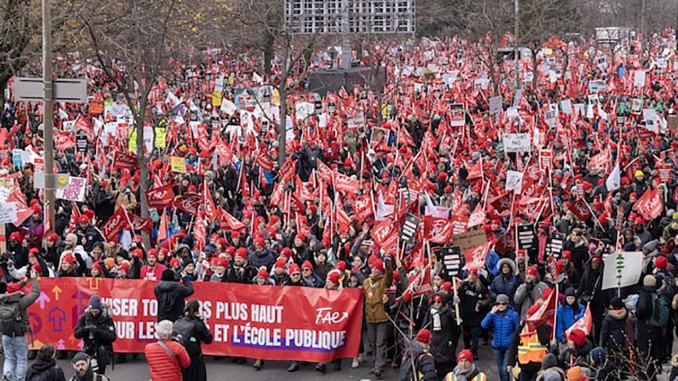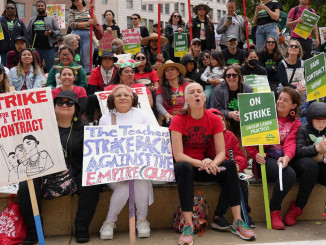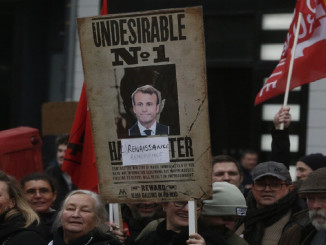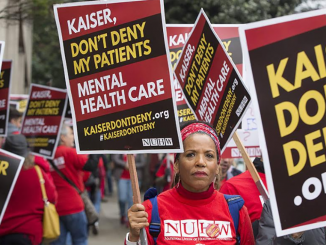
On November 23 of last year, the province of Quebec, Canada, saw the beginning of a wave of overlapping strikes of public sector workers that may be drawing to a close in the new year.
The strike was brought on by a combination of factors: slow yet consistent budget cuts; intensifying pressures on public workers in their workplaces (made worse by the pandemic); the past two years of rapid inflation; and a recalcitrant conservative government that made no effort to meet workers’ demands. Most of the strikers were women, who felt that they were overburdened in the schools and hospitals where many work. And it happened despite the existence of a “special law” that has been used twice in the past by the provincial government to force an end to strikes by public workers.
But the workers were angry and wanted change, and they were not afraid of the Quebec government. In a significant move, four major public workers’ unions joined together in what they called a Common Front. These unions represented 420,000 public workers including multiple levels of education workers, health care workers, and other local city and provincial employees. Two other large unions – one of education workers with 66,000 members, and a second health care workers’ union with another 80,000 members – have also been a part of this strike wave. For a week in mid-December, the total number of workers on strike reached nearly 570,000!
Although one of the largest strikes in Canadian history, and one that was tremendously disruptive of basic public services, it enjoyed wide public support, with more than 70 percent of Quebec’s people supporting it.
On the day before Christmas, most of the unions reached a tentative agreement with the government on work conditions. A few days after Christmas, they agreed to tentative deals on pay and benefits. According to public statements by union leaders, the workers of the Common Front are slated to get a 17 percent pay increase over five years, plus more vacation time for senior members, more days off around childbirths, and higher employer contributions to group insurance plans.
In the coming days the union memberships will be discussing and then voting on the tentative agreements. It is unclear if they will all be accepted, as the pay increase is not as much as the unions originally asked for. It is possible that many workers will vote against ratification, and may want to persist in the strike to win more.
But whether they accept the agreements or not, the strike was a tremendous accomplishment that should give the workers confidence for the future. Even though this wasn’t a strike of the entire working class, they were well enough organized to convince more than half a million workers to withhold their labor, and to bring hundreds of thousands to a number of rallies in downtown Montreal.
Imagine what they could accomplish if they united with the unionized workers of the private sector, in the factories, in the airlines, and more. Then imagine if they united with the many more non-union workers in the retail stores, the hotels, the restaurants, the delivery companies, and more. No matter the final outcome of this strike, the public workers of Quebec are showing once again the vast potential power of the working class.




